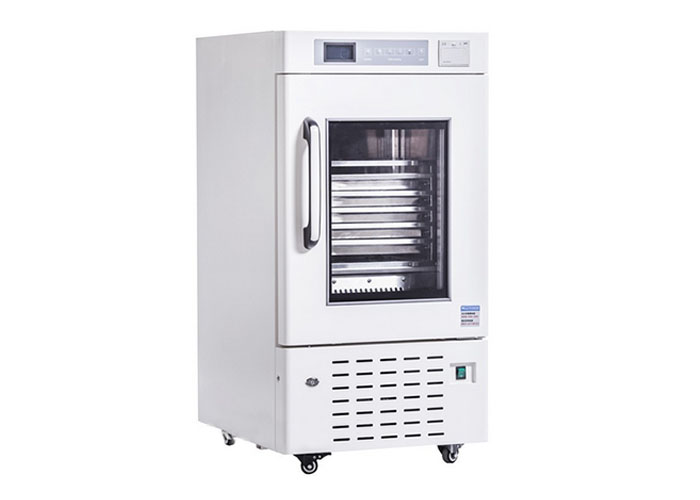


Also, set your maximum and minimum MAP alarms three above and below. When setting your MAP, also set your MAP limit, which should be about 20% above your MAP. If starting on HFOV right away, ten is a safe starting point. The initial setting should be two above the MAP on a conventional ventilator. Mean airway pressure, MAP, is the constant pressure throughout the respiratory cycle needed to maintain lung inflation. There are two settings that control oxygenation: MAP and FiO2. Frequency is rarely changed once set, but if needed to blow off CO2, we can decrease the hertz, which can make a bigger change than only changing the amplitude. Initial settings of the frequency are usually weight-based a premature infant will usually start at 15Hz (900BPM) and a full-term infant will usually start at 12Hz (720BPM). It is measured in hertz (Hz), and 1 hertz equals 60 breaths per minute. Remember that when determining the correct setting, make sure your baby is wiggling from his or her nipple line to their umbilicus.įrequency is the number of breaths per minute or how fast the high frequency wave goes in.

For power and/or amplitude, an initial starting setting should be determined by the chest wiggle factor, which determines ventilation however, the power setting will normally start at around 2. Many institutions may only order amplitude, but be mindful of the power, because it is often a more reliable indicator of ventilation due to it being a set measurement. However, what is the difference between power and amplitude? Power is dialed in on the power knob from 1-10 and is a set measurement, while the amplitude is a calculated number from 0-100% which reflects power and often fluctuates. Power and amplitude are the size of the volume of gas produced by each high-frequency wave. Power and amplitude are the primary control of ventilation on the oscillator, which generates tidal volume. There are three settings that control ventilation: the power, the amplitude (delta P), and the frequency.


 0 kommentar(er)
0 kommentar(er)
